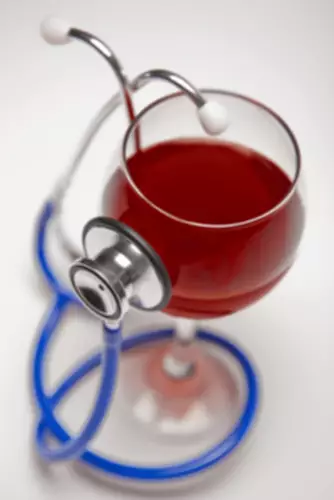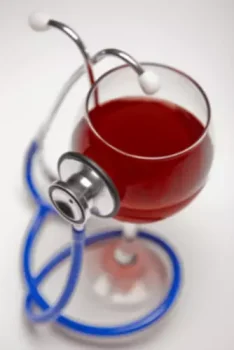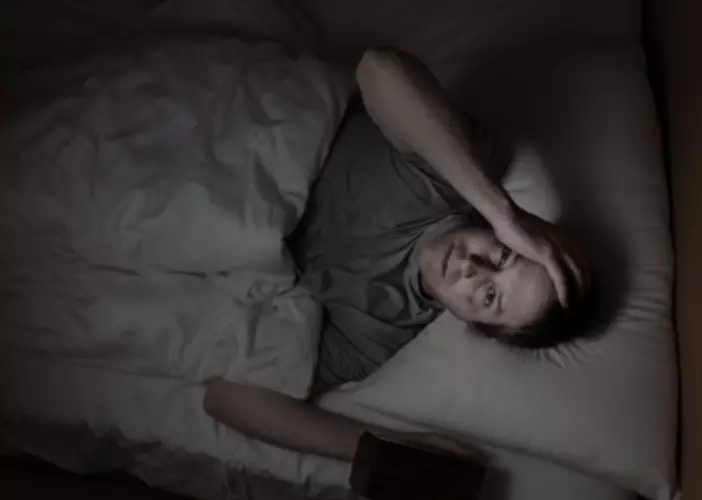
Those that refer to themselves as recovery residences, rather than halfway houses, are more likely to aspire to professionally accepted protocol of operation, and ideally adhere to certified standards. Living in a sober home after an inpatient rehab facility or during outpatient addiction treatment can be very beneficial. Of course, as with anything, living in a sober living environment isn’t without it’s disadvantages, too. NARR prioritizes educating providers, residents, and the broader community about the recovery process, the role of recovery residences, and the importance of standards to enhance support for recovery journeys. Your support directly contributes to the expansion of safe, quality recovery residences nationwide, making a lasting impact on individuals and families on their journey to healing.
- Part of the NARR quality standards for every setting is having a Code of Ethics, which should incorporate the NARR Code of Ethics.
- This is especially relevant in cases where addiction situations are medical emergencies.
- While Level 3 houses are still considered “sober living homes,” they do incorporate aspects of clinical treatment.
- The heart of all recovery residences is the Social Model, an operational framework that distinguishes these environments from other shared living spaces.
- NARR utilizes evidence-based standards and ethical guidelines to assist dozens of state affiliates in certifying and managing recovery residences across the continuum of care.
Sober Living Homes and Communities
- The cost of a Level 1 home is simply the cost of rent, utilities, and other shared expenses divided by the number of residents.
- Recipients of annual HUD funding – including in North Carolina – may request waivers to unlock and accelerate the use of their funding for disaster response and recovery.
These peer-run facilities are best utilized by the individual who has physically and psychologically stabilized for a period of time from substance use and would benefit from a sober environment that enables them to implement personal recovery in a safe community. They are appropriate for a more mature individual who has established adult living skills, is able to self-regulate, and is committed to recovery. The term ‘halfway house’ has come to mean different things in different parts of the country. For instance, in Pennsylvania, a halfway house is a structured residential treatment https://ecosoberhouse.com/ center, whereas in Florida it might be a transitional residence following treatment. The Department’s office of Federal Student Aid (FSA) has flexibilities that are automatically available to affected institutions of higher education to help their continued management of the federal student aid programs. These flexibilities help schools if they need to adjust their academic calendars, such as due to unexpected closures, and also help students who may need to take a leave of absence.
Phone, Video, or Live-Chat Support
In cases of dual diagnosis, all co-occurring issues must be treated simultaneously. Because of this, it’s important to have a treatment team that understands all the factors in play. The physical components of treatment involve freeing the body of its dependence on the addictive substance. This scale promotes developing an environment of empathy, empowerment, and inclusivity that is vital for nurturing pathways of sustained recovery. While we are unable to respond to your feedback directly, we’ll use this information to improve our online help.
Best Practices for Recovery Housing
The Federal Aviation Administration (FAA) continues to work with partners in affected parts of North Carolina and Tennessee, as the national airspace steadily returned to normal operations. In some cases, the Housing Team may require a second virtual/on-site review in order to verify quality improvement recommendations have been implemented. The Housing Team will also be conducting surveys with residents and staff members in the home as part of the site inspection. Recovery homes on the registry and those working towards inclusion on the registry can apply for a loan up to $4,000 in order to help with operating costs. Recovery homes working towards what is a recovery residence inclusion on the registry must do so via accreditation by the Washington Alliance of Quality Recovery Residences. Treatment is more likely to help those struggling with addiction when it is customized to meet the specific individual’s physical, psychological, and practical needs.

Residential rehab programs offer a structured, supportive environment to focus solely on recovery. While they may be more expensive and time-consuming than outpatient programs, residential rehab provides comprehensive care to help with long-term addiction or co-occurring disorders. Cognitive behavioral therapy (CBT) is a type of counseling that helps a person learn to recognize the specific situations that cause addictive behaviors to occur, so the person can then practice strategies to avoid those triggers and behaviors.

Recovery Community Centers

Recovery residences are important assets within a community and among recovery-oriented systems of services. Residences that meet and maintain the NARR Standard ensure that this resource continues as a viable asset for the people who need it. Further, certified residences promote a level of consistency across houses that has not been previously seen or understood by communities, decision-makers, funders, and researchers. The consistency of core elements across certified residences can provide peace of mind to residents, families, neighbors, legislators, and funders, without additional oversight.

